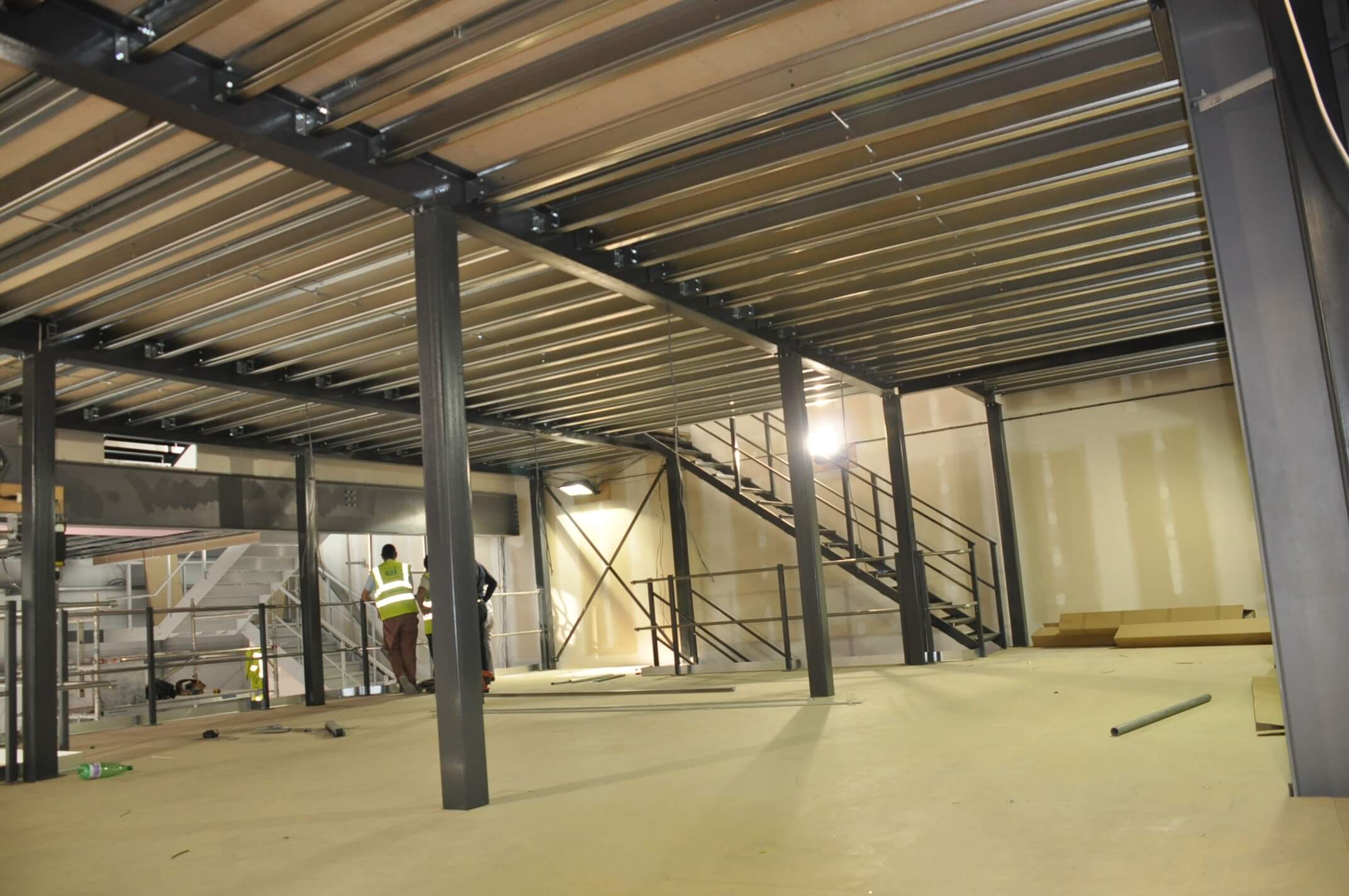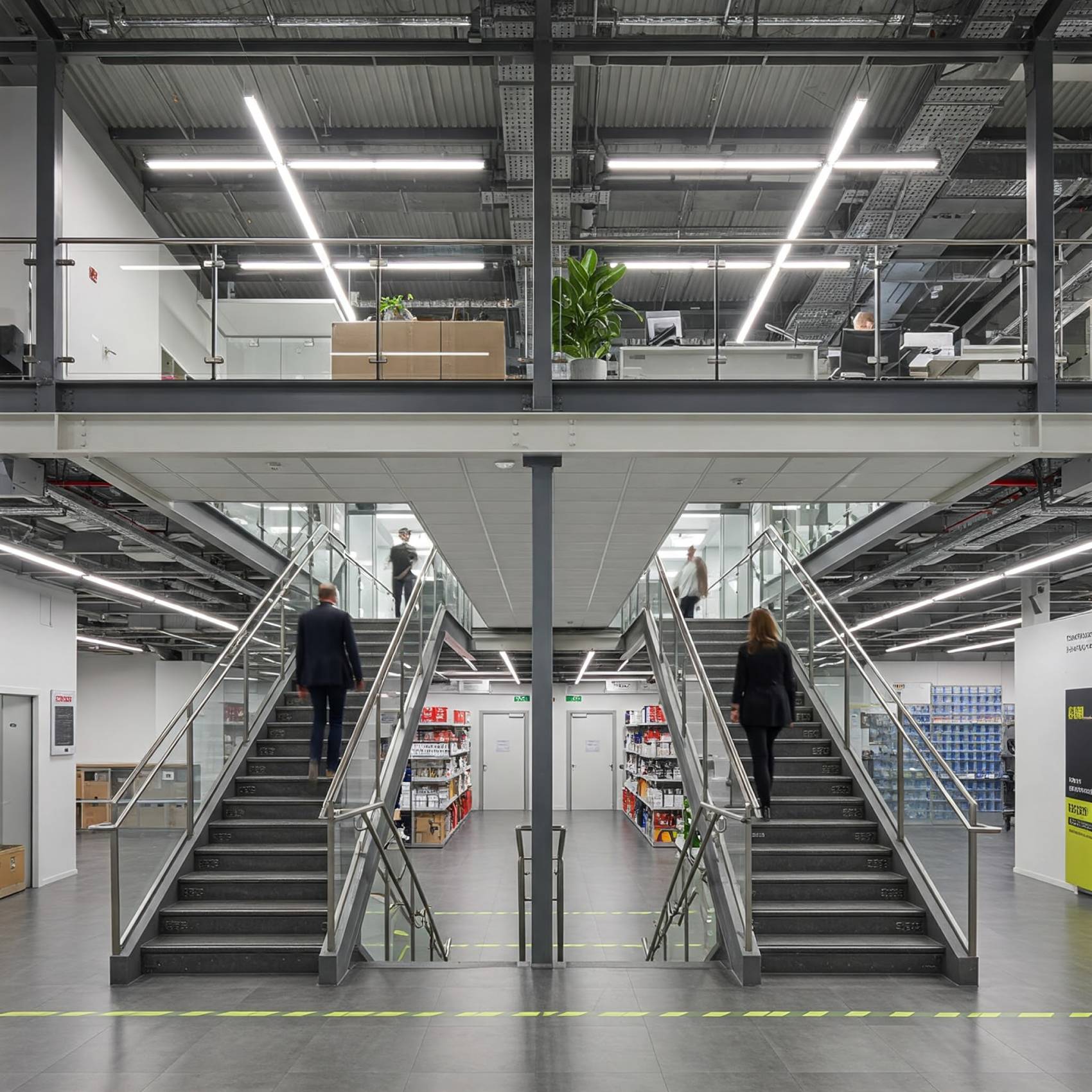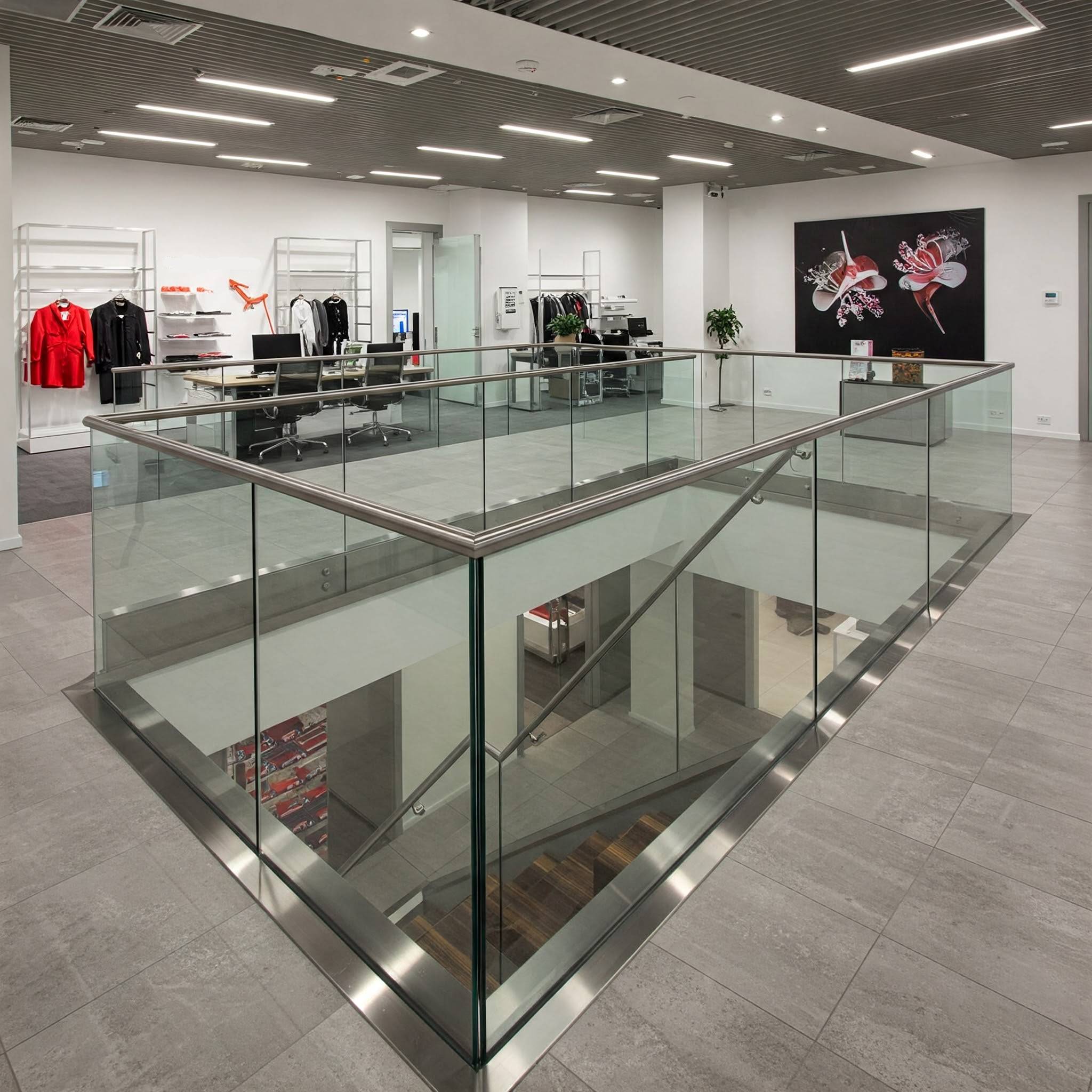Maximizing ROI: Calculating the Cost-Benefit Analysis of Mezzanine Floors

As businesses continually seek ways to optimize their operational space, mezzanine floors have emerged as a versatile solution. Beyond the immediate benefits of added space, a prudent business approach involves assessing the Return on Investment (ROI) associated with mezzanine floor installations. In this blog post, we will explore the key components of calculating the cost-benefit analysis of mezzanine floors and how this strategic investment can lead to a substantial ROI.
The Initial Investment: Breaking Down Costs
Before delving into the benefits, it’s essential to understand the initial investment required for a mezzanine floor. This typically includes costs associated with design, materials, labor, permits, and any additional customization. While this initial expense is a crucial consideration, the true value lies in the long-term advantages that mezzanine floors bring to your business.
Increased Operational Space: Enhancing Productivity
One of the primary advantages of mezzanine floors is the expansion of operational space without the need for a costly relocation or construction of additional buildings. This newfound space can be utilized for various purposes, such as storage, manufacturing, or office areas. The increase in usable square footage often translates to enhanced productivity as workflows become more streamlined and efficient.
Flexibility and Adaptability
Mezzanine floors offer a high level of flexibility, allowing businesses to adapt the space to evolving needs. Whether your requirements change due to growth, a shift in operations, or a new project, mezzanine floors can be easily modified or expanded. This adaptability ensures that your investment remains relevant and continues to contribute to your business objectives over the long term.
Potential for Revenue Generation
The additional space created by mezzanine floors can also be leveraged for revenue-generating activities. For example, if your business involves e-commerce, the added space can be used for packing and shipping operations, potentially increasing order fulfillment capabilities. This revenue-generating potential contributes directly to the overall ROI of the mezzanine floor investment.
Employee Satisfaction and Retention
An often overlooked but significant aspect of ROI is the impact on employee satisfaction and retention. A well-designed mezzanine floor can provide employees with a comfortable and organized workspace. This positive work environment can contribute to increased job satisfaction, potentially reducing turnover and associated hiring costs.
Calculating ROI: A Holistic Approach
When calculating the ROI of mezzanine floors, it’s crucial to take a holistic approach. Consider both the direct financial benefits, such as increased productivity and potential revenue generation, and the indirect benefits, including employee satisfaction and adaptability for future growth.
Conclusion
In conclusion, mezzanine floors offer more than just additional space—they present a strategic investment opportunity with the potential for a significant ROI. By carefully calculating the cost-benefit analysis and considering both the immediate and long-term advantages, businesses can make informed decisions that contribute to their overall success.
Ready to explore the ROI potential of mezzanine floors for your business? Contact Commercial Mezzanine for expert guidance and customized solutions that align with your specific needs and objectives.




